...but of course, I'll write!
pics
Always read these plants like to be potbound, so that's the way I rolled, very seldom repotting, putting back into same little pot, ignoring it except sips of water and to bring it in/out seasonally for years.
But I kept reading about drainage and realizing that I keep making mixes that drain as fast as my hose can run. As of about 10 years ago, I went peat-free and as of last year, my plants had all been transferred completely out of all store-bought "potting soil" to the point of rinsing it off of the roots except the sans. All of the non-sans plants have been doing better than their usual "fine" from all the years before, they're downright vigorous. So I got around to wondering how the notorious prefers to be potbound sans would do with room to grow in such a mix.
Last year I took my shovel and chopped about the bottom third of the rootball off, then chopped this mini-grove in half (from side-to-side, not top-to-bottom.) Put one half back in the original pot, the other half in another pot. When they went back outside this spring, I started watering them just like the other plants, soon got hot enough for that to be every day. Soon after, 1 of the twins made a flower stalk. I was wondering why when I noticed the pot with the other half of the original plant had a bunch of babies. So I unpotted both.
The plant with the flower, I removed the bottom about 15% of the root ball, trimmed some fat roots, and a couple that were cruising along the bottom of the pot, put back in same pot and backfilled with fresh soil.
The plant with the pups peeking out had other babies in the soil, going down instead of up that I found when I chopped off the bottom of the root ball. I put the loose pups in their own pot. There was also a really old section that was only loosely connected to the rest, so I cut that off and put it in its' own pot. Put that mama plant in a bigger pot after removing all of that extra stuff and trimming the roots a bit more. Now there are even more pups starting to poke up.
It seems to me that just because a plant is able to retain its' leaves in even the most adverse conditions, unlike most other plants, it doesn't deserve to be treated as if this is some kind of preferred technique. There's nothing wrong with having a stagnant entity that just doesn't die if that's what you want. Now that I see this is not necessary, I prefer otherwise.
There are plenty of different sans, and although I've had mine for a really long time, I didn't know its' botanical name until I asked on here a few weeks ago, so obviously I'm not an expert, just relating a very lengthy experience with a single plant. Although I've kept these from dying for decades, I really like the way they are suddenly growing, and will continue to treat them like any other house plant that actually DOES grow when not potbound, given a more preferred soil, some direct sun & plenty of water.
To see if this would apply to other sans, a month ago I bought a cute little clearance plant with the yellow-striped sides, about 7-8" tall. The pot was about 3" tall and maybe 2 1/2" across. After about a week of constantly standing this plant back upright from being blown over, I repotted it into the "extreme drainage mix" in a much larger pot. It was in some kind of coir I think, which I removed almost all of. There were strangle roots at the bottom which I trimmed off. It is making a pup now, too. Hopefully I'll still be around with this plant in 20 years or so, to compare and to draw some conclusions.
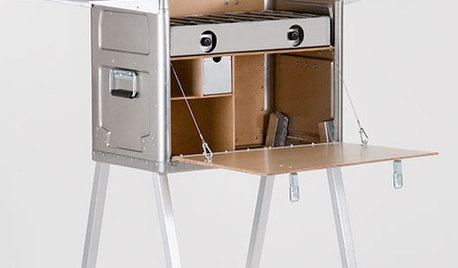

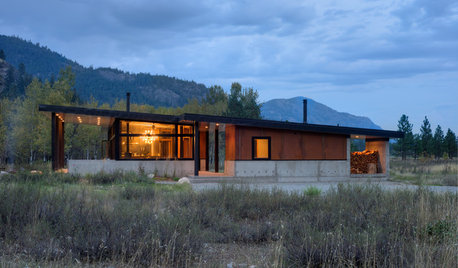
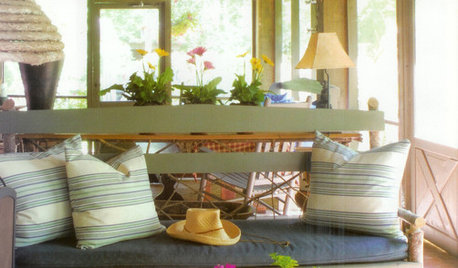

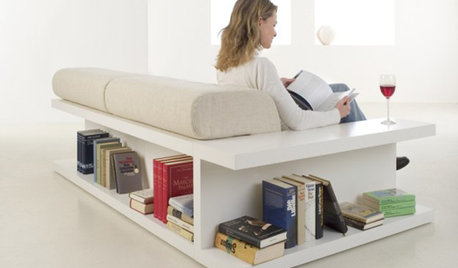
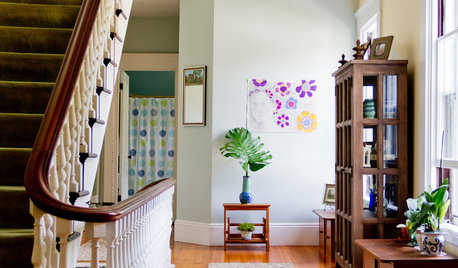
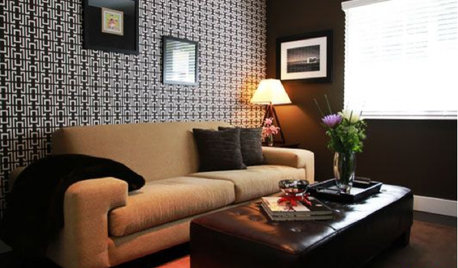
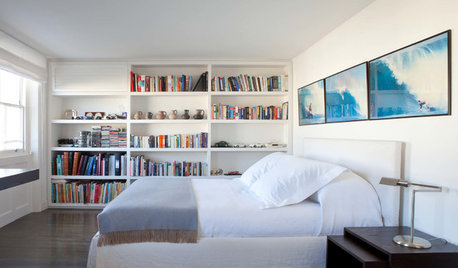



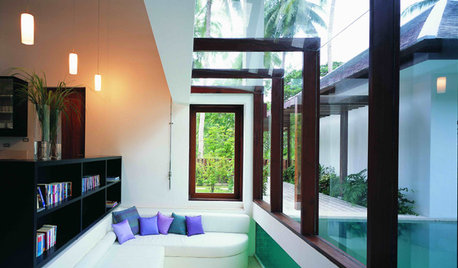
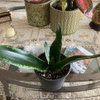

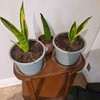
bonsaigai
cactusmcharris, interior BC Z4/5
Related Discussions
Have plants for trade!! Check it out!!
Q
Rant! My lilacs are SO potbound I've got them soaking in our bath
Q
Potbound? - Not so fast!
Q
More pictures,Stush check it out
Q
bonsaigai
lovemysans
Tiffany, purpleinopp Z8b Opp, ALOriginal Author
bonsaigai
Tiffany, purpleinopp Z8b Opp, ALOriginal Author
lovemysans
Tiffany, purpleinopp Z8b Opp, ALOriginal Author
tapla (mid-Michigan, USDA z5b-6a)
Tiffany, purpleinopp Z8b Opp, ALOriginal Author
bonsaigai
Tiffany, purpleinopp Z8b Opp, ALOriginal Author
lovemysans
Tiffany, purpleinopp Z8b Opp, ALOriginal Author